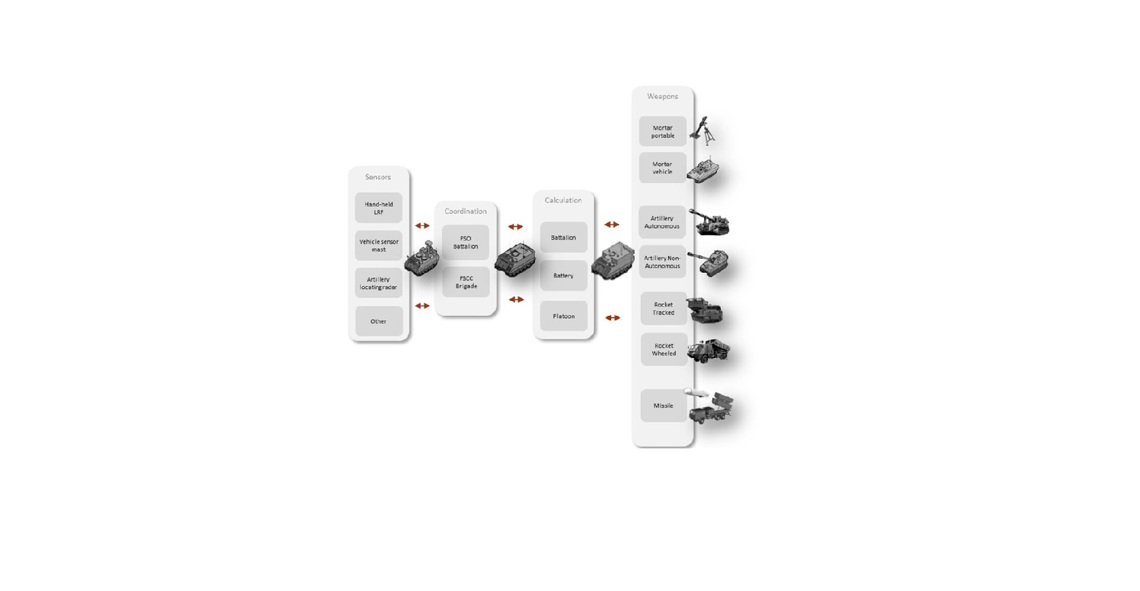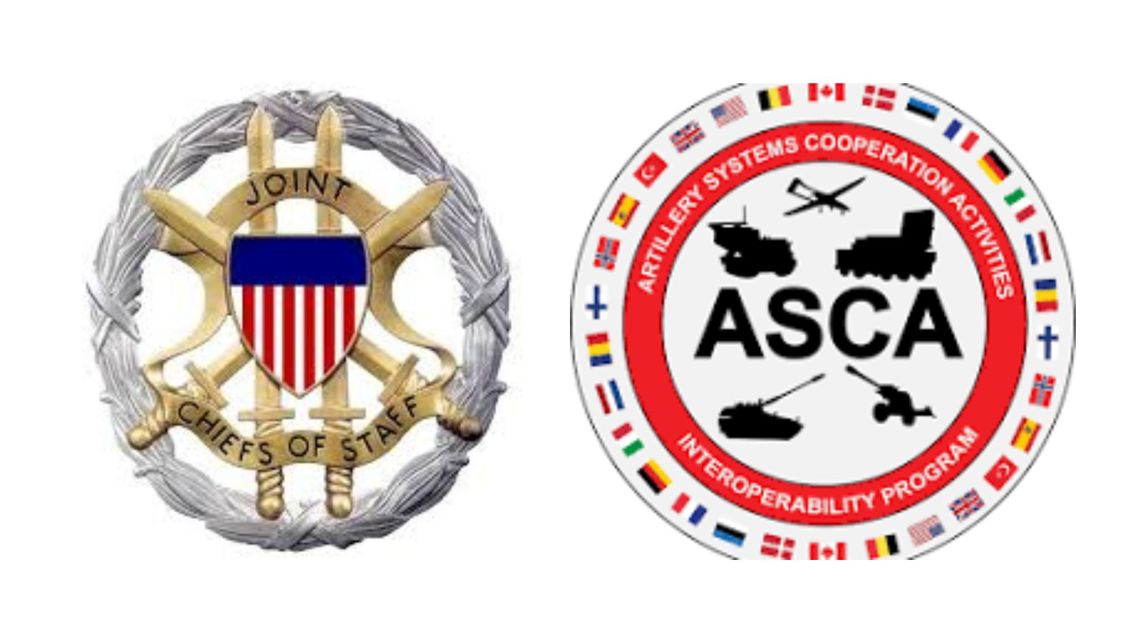
Odin Fire support system
Odin Fire support system
Digital Fire Support for the Modern Warfighter
In high density conflicts, a fielded and proven Fire Support System which manages and federates multiple and simultaneous fire missions rapidly, is what you need.
KONGSBERG presents ODIN FSS which is the Divisional or Brigade’s preferred network for connecting sensors and shooters, including any artillery or mortar unit, with decision makers.
Whereas most countries have digitalized their artillery units, Norway have integrated digital systems in the maneuver elements and Odin FSS, in order to maximize the number of sensors on the battlefield.
This integration is tested and proven by the Norwegian Army, and simplifies the execution of time sensitive fire missions.
This integration is done by the use of the Digital Aided Fire System (DAFS) standard using the Variable Message Format (VMF). Odin FSS can also be fully integrated with allied fire support and sensor systems, through the use of the Artillery System Cooperation Activities (ASCA)

SPEED
Fully integrated sensor - to -shooter system with a user friendly interface.

ACCURACY
Ballistic calculations based on NATO standards

INTEROPERABILITY
Implementing relevant NATO / Aliied standards in order to provide interoperability with llied forces.
ODIN FSS is a fire support / fire control system fielded in Norway, and includes functionality for all levels in the fire support chain of command, from sensor to shooter. It is designed to support planning, coordination, execution and effects evaluation of all fire missions . For this, Odin FSS have several roles for optimizing each functionality in the Fires C2 chain; (Divisional and Brigade HQ, Fire Direction Center (of Guns/Mortars), Fire Support officer, Gun, Mortar, Rocket Artillery, Reconnaissance, Ammunition supply, Counter Battery radar, Liaison).
ODIN FSS is built upon NATO standards and symbology such as AArty-P artillery procedures, STANAG 4082 (METCM), STANAG 6022 (METGM/C) and STANAG 4537 (NATO Armament Ballistic Kernel). Integrated with the Norwegian Battle Management System (BMS).

ODIN FSS is able to receive a Request For Fire (RFF) or receive a Call For Fire (CFF) from any given sensor. After being evaluated by appropriate decision makers and deconflicted, the RFF/CFF will be sent through the Fires chain of command to the firing unit in less than 30 seconds.
ODIN FSS Mortar Integration
Many countries operate mortars with separate or manual systems. We have a very good experience with fielding ODIN FSS to both mortar and artillery units, and integrating the systems in one network gives several advantages. ODIN FSS will suggest the optimal weapon system for the target giving the commander best use of his firepower on the important targets. The commander can change the requested fire from artillery to mortars if artillery is not available, or to CAS if available through ASCA. In addition procedures at the Forward Observers can be standardized between different weapon systems shortening the time of training and ease the use for operators and not limiting the type of fire support to the type of observer available.

Photo: Frederik Ringnes / Norwegian armed Forces
Flexible Communication Solution
ODIN FSS can utilize any IP based communication platform, including solutions that are tailor made for very challenging terrain. The system is designed especially for use with tactical low-band radios (e.g. THOR), but will adapt to all other radio- and network systems that support IP. Messages in between terminals will automatically be routed the fastest way across all available means of communication.
To achieve this automatic utilization of all types of connected radios (or other means of communication), ODIN FSS builds up an understanding of the network topology and maintains a record of the fastest route in between the different terminals. This ability to “jump” between radios and different systems makes ODIN FSS extremely flexible and highly resilient to electronic countermeasures.
To maintain the users situational awareness in regards to other terminals, ODIN FSS has a connection display that shows who are available and when the last message was received from each node/unit/position.
These resilient strategies ensure the best possible way of communication through the chain of command and are vital to achieve communication availability in the fog of war.
Interoperability
One of main contributors in international interoperability and standardization working groups.
- NATO S4 – SG/2 Shareable (Fire Control) Software Suite (NATO Armaments Ballistic Kernel)
- ASCA Compliant Fire Support system
- MIL-STD-6016 Link 16 Capable Fire Support system
- MIL-STD-6017 Variable Message Format
- US Joint Staff J6 Joint Fires Integration Division (JFID) - DAFS & DACAS
- AArtyP - Artillery procedures compliance
- METGM/METGC /METCM meteorological data.
- Battle Management System (BMS) Integration

Main features
- In use by the Norwegian Army
- Full chain of command from Sensor to Shooter
- Scalable to any type of organization – from Division to one firebase in international operations.
- Several roles (HQ, Fire Direction Center, Fire Support officer, Gun, Mortar, Rocket Artillery, Reconnaissance, Ammunition supply, Counter Battery Radar, Liaison)
- Avoid fratricide incidents during operations, including Improved safety during peacetime exercises
- Optimized use of all types of heavy fires resources
- Plan fire support operations
- Shoot and Scoot functionality
- Engage high value targets according to priority
- Engage several targets simultaneously
- Precision guided munitions capable
- Reduced engagement time for all types of fire missions
- Provides enhanced fire support from multiple weapon platforms from one common system
- Optimized use of sensors, weapon platforms and communication systems
- Improved Counter Battery Fire (CBF) capability
- 50+ years of Fire Support engineering
- Simulator integration for optimized training (Joint Fires Advanced Training System (JFATS) in Norway)
- Simplicity, easy to learn and easy to use through an optimized User Interface (UI)
- Logistic system for ammunition handling